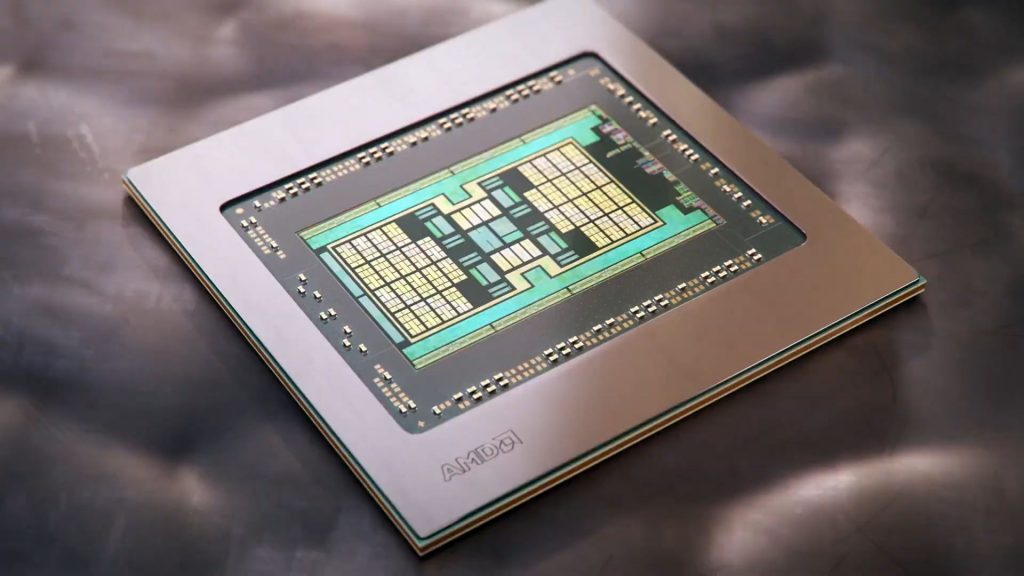After many years, AMD is planning to unify its consumer and data centre GPU architectures again, something the company strayed away from after the jump from GCN to RDNA.
In a recent interview with Tom's Hardware, Jack Huynh, senior VP and GM of AMD's computing and graphics business group, shared crucial insights into AMD's plans for its GPU architectures. Huynh indicated that AMD aims to integrate its GPU architectures to enhance scalability and better support developers.

In 2020, AMD announced the division of its post-GCN architecture into RDNA (Radeon for gaming) and CDNA (Instinct for data centres). While this move seemed logical back then, developers encountered challenges adapting to these changes. Consequently, AMD has decided to re-unify the architecture.
This move aims to simplify the architecture, providing developers with a single system to focus on, whether working with extensive GPU clusters or a single gaming GPU. Moreover, AMD plans to develop three generations ahead (like UDNA5, UDNA6, and UDNA7) to maintain the optimisations without resetting them each time the memory subsystem changes.
Discuss on our Facebook page, HERE.
KitGuru says: Do you think AMD will improve its position in the GPU market with this new approach?
 KitGuru KitGuru.net – Tech News | Hardware News | Hardware Reviews | IOS | Mobile | Gaming | Graphics Cards
KitGuru KitGuru.net – Tech News | Hardware News | Hardware Reviews | IOS | Mobile | Gaming | Graphics Cards


